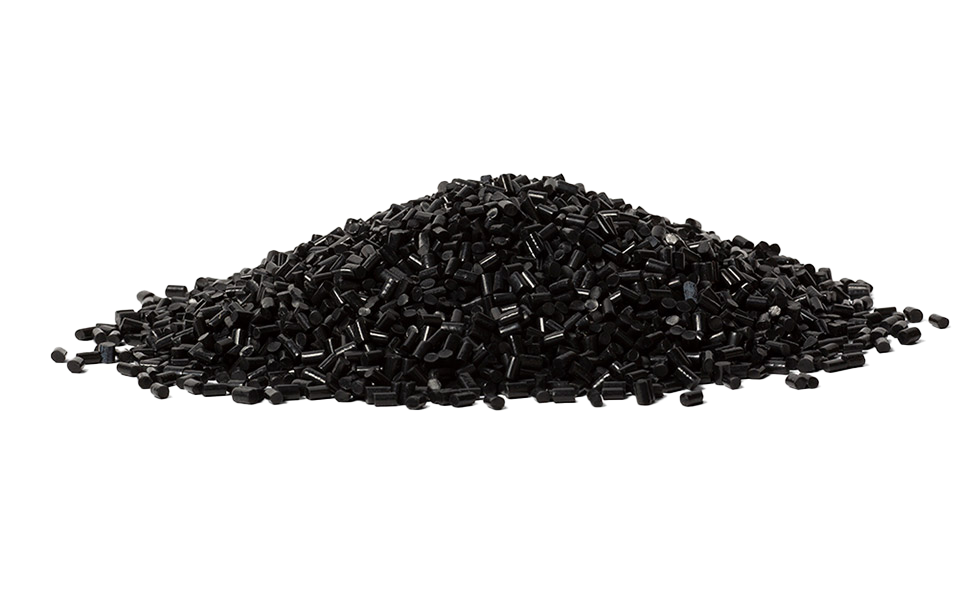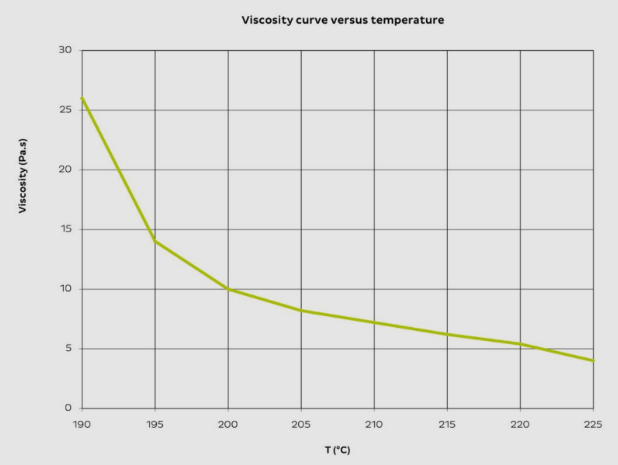Thermelt 858 | Low Pressure Molding (LPM)
- Enhanced UV resistance versus standard PA
- High hardness and cohesion
- Flammability UL94:V0
Product Description
Thermelt 858 Black is a non-reactive, solvent-free copolymer polyamide hot melt resin, specially developed for low pressure molding (LPM) applications requiring enhanced UV resistance, high cohesion, and superior mechanical durability. It is ideally suited for the encapsulation and protection of electronic and electrical components, connectors, and cable junctions—especially in environments with UV exposure or where surface hardness is a key requirement.
Formulated for outdoor and semi-outdoor applications, Thermelt 858 delivers excellent adhesion, robust mechanical properties, and UL94 V-0 flammability rating, while maintaining long-term performance in thermally and electrically demanding environments.
Thermelt 858 was developed specifically for improving adhesion on a wide range of substrates and offers cohesiveness at negative temperatures (-35°C). It is mainly used for molding of electronic/electric components, connectors and cables.
Typical Applications:
- Overmolding of automotive sensors and connectors exposed to sunlight
- Potting of industrial control units, LED drivers, and junction boxes
- Protective molding for outdoor telecom and sensor assemblies
Technical Specifications
| Thermal Properties | |
| Glass Transition Temperature (Tg) Glass Transition Temperature (Tg) The glass transition temperature for organic adhesives is a temperature region where the polymers change from glassy and brittle to soft and rubbery. Increasing the temperature further continues the softening process as the viscosity drops too. Temperatures between the glass transition temperature and below the decomposition point of the adhesive are the best region for bonding. The glass-transition temperature Tg of a material characterizes the range of temperatures over which this glass transition occurs. | - 35 °C |
| Physical Properties | |
| Viscosity Viscosity Viscosity is a measurement of a fluid’s resistance to flow. Viscosity is commonly measured in centiPoise (cP). One cP is defined as the viscosity of water and all other viscosities are derived from this base. MPa is another common unit with a 1:1 conversion to cP. A product like honey would have a much higher viscosity -around 10,000 cPs- compared to water. As a result, honey would flow much slower out of a tipped glass than water would. The viscosity of a material can be decreased with an increase in temperature in order to better suit an application | 4000 - 6000 mPa.s |
| Young's modulus | 90 MPa |




